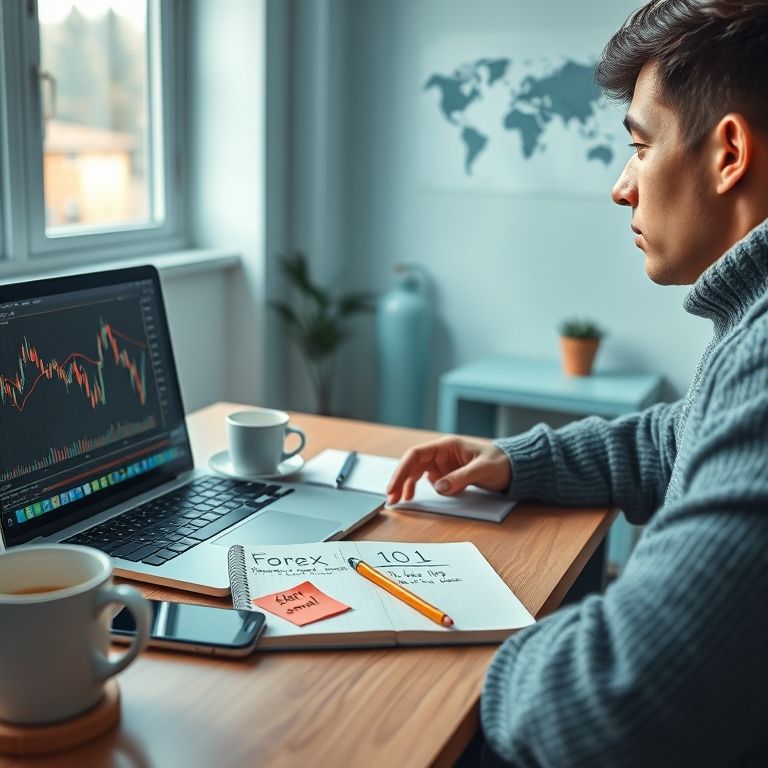How can I start trading Forex with no experience?
How can I start trading Forex with no experience?
If you’re staring at a screen at 2 a.m., feeling the market hum, you’re not alone. Plenty of traders begin with zero experience and a lot of questions. The good news: you can ease in, learn by doing on a demo, build a simple plan, and gradually add assets like stocks, crypto, indices, options, or commodities. The journey is about curiosity, discipline, and the right tools more than instant mastery.

Getting started
- Start with education, then practice. Use free tutorials, video walkthroughs, and a sandbox demo to grasp how price moves, what spreads are, and how orders fill.
- Create a tiny plan and stick to it. Define daily or weekly study time, a couple of simple metrics (risk per trade, win rate you aim for, journal entries), and a rule-set you won’t break.
- Open a demo or micro account first. Treat it like flight training: practice stops, limits, and journaling every trade, including what you learned when you were wrong.
Key features to look for in a beginner-friendly platform
- Intuitive interface and robust charting, with candles, a few reliable indicators, and clear order types.
- Built-in risk controls: stop losses, position sizing, and daily loss limits that prevent a single bad day from spiraling.
- Helpful educational content and a transparent fee structure. A platform that explains spreads, swaps, and commissions in plain language helps you stay grounded.
Leverage and risk management
- Leverage can amplify gains and losses. A prudent approach is to limit risk per trade to a small percentage of your capital (often 0.5%-1%), use tight stop losses, and seek favorable risk/reward setups (aim for at least 1:2).
- Keep a trade journal. Record entry ideas, why you took the trade, the outcome, and what you’d do differently next time.
Diversifying across assets
- Once you’re comfortable with forex, dip a toe into related markets: stock indices, commodities, or crypto. Diversification can smooth out single-asset volatility but requires understanding how different markets react to news and macro events.
- A multi-asset account can be convenient, but keep a simple allocation path. Start with a base forex plan, then layer in one other asset class when you’re consistently applying your risk rules.
Web3, DeFi, and the future landscape
- DeFi and decentralized finance are expanding the toolkit: non-custodial wallets, on-chain liquidity, and smart contracts open new ways to trade and hedge. They also bring challenges—security risks, higher gas costs, and regulatory questions.
- The trend points to more integration between traditional trading and on-chain tools, with improved custody solutions and cross-chain data feeds. Expect continued upgrades in transparency, auditable strategies, and community-driven risk controls.
Tools, charts, and future trends
- Charting plus data feeds, backtesting, and automation help you translate a plan into action. AI-assisted signals and smart-contract-based strategies are on the horizon, but they work best when paired with human oversight and solid risk rules.
- The slogan many beginners adopt: “No experience, real plan.” Another favorite: “Trade smarter, not harder.”
In short, you can start with a solid education plan, a demo account, clear risk rules, and a gradual expansion into other assets. The road ahead in Forex, multi-asset trading, and Web3-enabled strategies is bright—just stay curious, stay cautious, and let your discipline compound.
YOU MAY ALSO LIKE